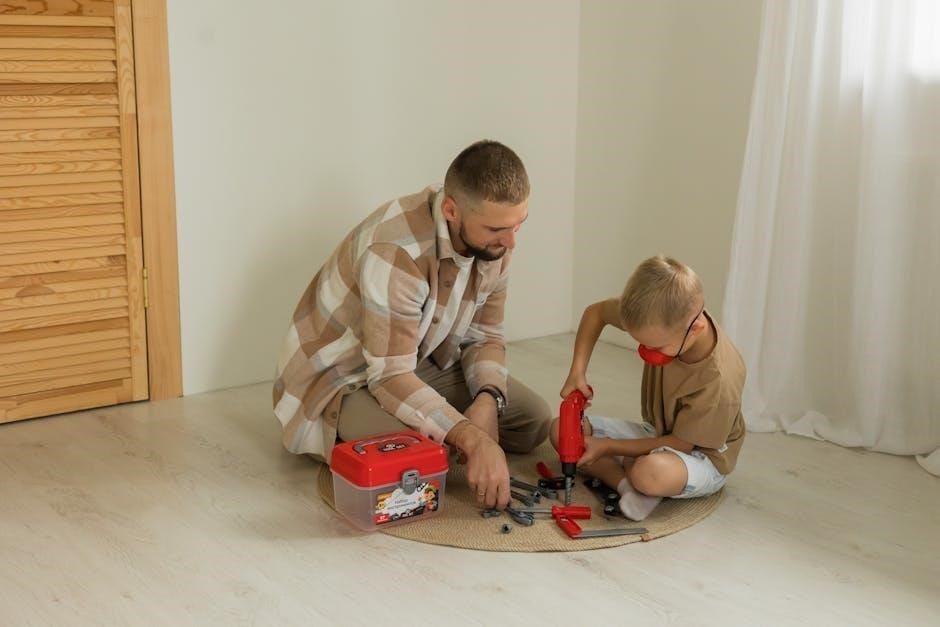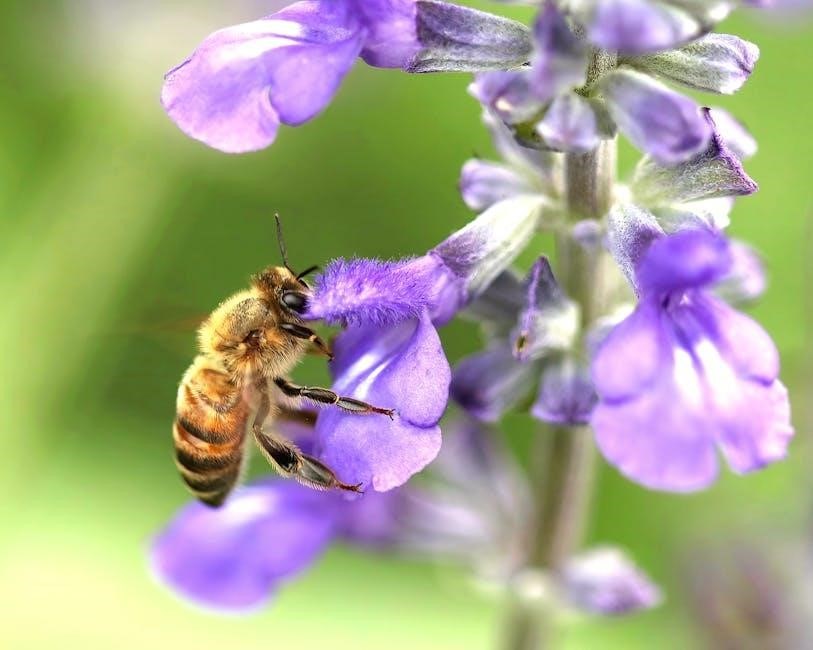The Nobleman’s Guide to Scandal and Shipwrecks by Mackenzi Lee is the final installment in the Montague Siblings series, blending historical romance, adventure, and magical realism. It follows Adrian Montague as he uncovers family secrets and navigates a daring, swashbuckling journey.

The Author and the Series
Mackenzi Lee is the acclaimed author of The Nobleman’s Guide to Scandal and Shipwrecks, the final installment in the Montague Siblings series. Known for blending historical fiction, romance, and adventure, Lee has captivated readers with her unique storytelling style. The series, which includes previous titles, has gained a loyal following for its witty dialogue, compelling characters, and exploration of social issues. The Nobleman’s Guide to Scandal and Shipwrecks concludes the trilogy, offering a mix of swashbuckling adventures, emotional depth, and historical insight. Lee’s work has been praised for its LGBTQ+ representation, earning the series a Stonewall Honor and a place on the New York Times bestseller list. The book is published by Katherine Tegen Books and is recommended for readers aged 14 and above. With its blend of humor, heartbreak, and adventure, the series has become a standout in young adult literature, leaving a lasting impact on fans worldwide.

The Plot
Adrian Montague uncovers family secrets after his mother’s mysterious death, embarking on a quest involving shipwrecks, smugglers, and unexpected adventures. His journey through treacherous landscapes reveals hidden truths, challenging his perceptions and leading to a swashbuckling finale filled with danger and discovery.
3.1. Setting and Backstory
The story unfolds in the 18th century, primarily set in London and expanding to the high seas and Mediterranean. Sixteen years after the events of the previous book, Adrian Montague, raised in London, discovers shocking family secrets following his mother’s mysterious death. The narrative delves into the Montague family’s complex history, revealing scandals and hidden truths tied to their legacy. Adrian’s journey transitions from the structured society of London to the dangerous, unpredictable world of shipwrecks and smugglers. The setting shifts dynamically, blending the elegance of 1700s London with the ruggedness of maritime adventures. This duality creates a backdrop for Adrian’s personal growth and the unraveling of his family’s past. The story’s timeline and locations are intricately woven, providing a rich historical context while maintaining a sense of urgency and adventure. The high-stakes environment of the 18th century, with its strict social norms and gender roles, further amplifies the challenges Adrian faces as he navigates his unexpected quest.
3.2. Key Conflicts and Quests
The narrative centers around Adrian Montague’s quest to uncover the truth about his family’s past, triggered by his mother’s mysterious death. This journey leads him to confront long-hidden secrets and scandals tied to the Montague legacy. A significant conflict arises from Adrian’s struggle with his mental health, which is portrayed as a manageable illness, contrasting with the societal stigma of the time. His path intertwines with daring adventures, including being held hostage in a harem, exploring shipwrecks, and associating with smugglers, which introduces external challenges and moral dilemmas. Adrian’s personal growth is catalyzed by these experiences, pushing him beyond his sheltered upbringing in London. The story also explores the tension between Adrian’s desire for independence and the responsibilities thrust upon him by his family’s history. These conflicts and quests drive the plot, blending elements of adventure, self-discovery, and historical intrigue, ultimately shaping Adrian’s understanding of himself and his place in the world.
3.3. Character Growth and Development
Adrian Montague’s journey in The Nobleman’s Guide to Scandal and Shipwrecks is marked by significant personal growth, as he transitions from a sheltered, introverted life in London to a world of adventure and self-discovery. Initially portrayed as struggling with mental health and feelings of disconnection, Adrian’s character evolves as he confronts the mysteries of his family’s past and the truth about his siblings. His experiences, including being held hostage and navigating perilous shipwrecks, force him to confront his inner demons and develop resilience. Adrian’s growth is also influenced by his relationships, particularly with his siblings, who challenge his perceptions and help him embrace his identity. Through these interactions, Adrian learns to manage his mental health and find purpose beyond the expectations placed upon him. His journey is one of self-acceptance and empowerment, as he moves from a state of passive existence to one of active engagement with the world. This development underscores the novel’s themes of personal transformation and the power of human connection in overcoming adversity.

The Characters
The Montague siblings—Adrian, Henry, and Felicity—are central to the story, each with distinct traits and roles. Secondary characters add complexity, influencing their journeys and relationships, and driving the plot forward with depth and intrigue, enriching the narrative.
4.1. Adrian Montague
Adrian Montague is a central character in The Nobleman’s Guide to Scandal and Shipwrecks, portrayed as a complex and deeply human figure. Raised in London by his father, Adrian is initially unaware of his siblings, Felicity and Henry, until his mother’s mysterious death reveals long-hidden family secrets. Struggling with mental health, Adrian’s journey is marked by introspection and growth as he grapples with his identity and legacy;
Adrian’s character is defined by his vulnerability and resilience. His relationship with his mother is a pivotal aspect of his backstory, shaping his perception of himself and his place in the world. Throughout the story, Adrian is thrust into a daring life of adventure, from being held hostage in a harem to digging through shipwrecks and interacting with smugglers. These experiences challenge his sheltered upbringing and force him to confront his fears and insecurities.
Adrian’s evolution is a key theme in the novel, as he moves from a state of emotional turmoil to a place of self-acceptance and understanding. His story serves as a powerful exploration of personal growth, love, and the complexities of family bonds, making him one of the most compelling characters in the series.
4.2. Henry Montague
Henry Montague, often referred to as “Monty,” is a central figure in The Nobleman’s Guide to Scandal and Shipwrecks, though his role in this final installment is deeply intertwined with the unfolding family drama. Known for his charisma and adventurous spirit, Henry has lived a life far removed from the societal expectations of his noble upbringing. His sudden reappearance in London after years of absence sets off a chain of events that deeply impacts his brother, Adrian.

Henry’s character is marked by his daring nature and a penchant for pushing boundaries, often finding himself at the center of scandal and intrigue. His relationship with Adrian is complex, as he represents both a connection to their shared past and a catalyst for Adrian’s journey of self-discovery. Henry’s adventures, which include encounters with shipwrecks and smugglers, highlight his fearless and unconventional approach to life.
While Henry’s presence in the story is significant, his character serves as a mirror to Adrian’s more reserved and introspective personality. Their dynamic underscores themes of brotherhood, identity, and the challenges of navigating a world defined by societal expectations and family secrets.

4.3. Secondary Characters and Their Roles
The secondary characters in The Nobleman’s Guide to Scandal and Shipwrecks play pivotal roles in shaping the narrative and the protagonists’ journeys. Felicity, a sharp-witted and independent figure, serves as a source of support and insight, particularly for Adrian, as he grapples with his mental health and family secrets. Her ability to see illness as manageable, rather than a defining trait, offers a progressive perspective in a society steeped in stigma.
Other characters, such as those involved in the harem and smuggling rings, add layers of intrigue and danger to the story. These individuals, often operating on the fringes of society, pull Adrian into a world of adventure and moral ambiguity; Their interactions with the Montague siblings highlight themes of loyalty, betrayal, and the blurred lines between right and wrong.
Additionally, the presence of historical and societal figures underscores the novel’s exploration of gender roles and social norms. These characters, while not central to the plot, provide context and depth to the 18th-century setting, enriching the reader’s understanding of the world in which the Montagues navigate their challenges.

Themes
The Nobleman’s Guide to Scandal and Shipwrecks explores themes of mental health, scandal, LGBTQ+ representation, romance, and adventure, weaving them into a rich tapestry that reflects societal norms and personal growth in a historical context.
5.1. Mental Health and Illness
Adrian Montague’s journey in The Nobleman’s Guide to Scandal and Shipwrecks is deeply intertwined with his struggles with mental health. The novel portrays his battles with anxiety and depression, reflecting the societal stigma and misunderstanding of mental illness in the 18th century. Adrian’s mother also grapples with her own mental health challenges, and her death under mysterious circumstances leaves him grappling with unresolved grief and unanswered questions.
Felicity Montague’s perspective offers a stark contrast, as she views mental illness not as a personal failing but as something that can be managed and understood. This progressive outlook highlights the tension between outdated societal views and the need for empathy and compassion. The novel does not shy away from exploring the darker aspects of mental health but also offers a message of hope and resilience, emphasizing that “the feeling that you’re not so much living your life as just trying to push through it won’t last forever.”

The portrayal of mental health in the novel is raw and unflinching, yet ultimately uplifting, making it a powerful exploration of this critical theme.
5.2. Scandal and Reputation in Society
The theme of scandal and reputation is woven deeply into the fabric of The Nobleman’s Guide to Scandal and Shipwrecks, reflecting the rigid social norms of the 18th century. Adrian Montague’s life is shaped by the whispers of his family’s past, particularly the mysterious circumstances surrounding his mother’s death. The novel highlights the fragility of social standing, as even the slightest hint of impropriety can tarnish a reputation irreparably.
The Montague family’s history is marked by secrets and scandals, which Adrian must navigate as he uncovers the truth about his siblings and his mother’s fate. The societal pressure to maintain a respectable image is a constant burden, especially for individuals like Adrian, who struggle to conform to expectations. This tension is further complicated by the intersection of scandal and personal identity, as characters grapple with the consequences of their choices in a world where reputation is everything.
Through its portrayal of scandal, the novel critiques the hypocrisy and judgment inherent in societal structures, offering a nuanced exploration of how reputation shapes lives and relationships.
5.3. LGBTQ+ Representation
The Nobleman’s Guide to Scandal and Shipwrecks offers a heartfelt and nuanced portrayal of LGBTQ+ characters, set against the backdrop of 18th-century societal norms. The novel is praised for its authentic and compassionate representation, particularly through Adrian Montague’s journey. His story explores themes of identity, self-acceptance, and the challenges of navigating a world that often shuns difference;
The series, including this final installment, has been celebrated for its inclusive storytelling, earning recognition as part of the Stonewall Honor-winning collection. The characters’ experiences are woven into the narrative with sensitivity, highlighting both the struggles and the resilience of LGBTQ+ individuals in a historical context. The novel does not shy away from depicting the societal pressures and prejudices faced by these characters, yet it also offers moments of hope and connection.
By integrating LGBTQ+ themes seamlessly into the broader adventure and family drama, Mackenzi Lee creates a story that feels both authentic and impactful. The representation is not merely tokenistic but deeply woven into the characters’ arcs, making it a significant part of the novel’s emotional core. This approach has resonated with readers, making the series a beacon for diversity in historical fiction.
5.4. Romance and Relationships
The Nobleman’s Guide to Scandal and Shipwrecks masterfully intertwines romance and relationships into its swashbuckling adventure, creating a narrative rich with emotional depth. Adrian Montague’s journey is not only one of self-discovery but also of navigating complex relationships, including romantic ones. The novel explores the challenges of love in a society governed by strict norms and expectations, particularly for LGBTQ+ characters.
The relationships in the story are multifaceted, ranging from familial bonds to unexpected romantic connections. Adrian’s interactions with secondary characters, including those tied to his daring adventures, add layers to his personal growth. The romance is portrayed with sensitivity, blending humor and heartbreak seamlessly into the plot.
Mackenzi Lee’s portrayal of love is refreshingly honest, emphasizing the difficulties and joys of forming meaningful connections. The novel highlights how relationships shape identity and provide strength, even in the face of adversity. This blend of adventure and romance makes the story compelling and emotionally resonant for readers.
5.5. Adventure and Shipwrecks
The Nobleman’s Guide to Scandal and Shipwrecks is a thrilling blend of adventure and historical fiction, with shipwrecks serving as a central element of the plot. Adrian Montague’s journey is marked by daring escapades, including being held hostage in a harem, digging through shipwrecks, and engaging with smugglers. These scenes are infused with Mackenzi Lee’s signature wit and humor, creating a swashbuckling atmosphere that keeps readers engaged.

The shipwrecks in the story are not just physical challenges but also symbolic of the characters’ emotional and psychological journeys. Adrian’s adventures are filled with danger, piracy, and intrigue, yet they also reveal his resilience and determination. The novel’s adventurous elements are balanced with moments of introspection, adding depth to the narrative.
The combination of high-stakes action and historical detail makes the adventure scenes vivid and immersive. From the high seas to hidden treasures, the shipwrecks and smuggling exploits drive the plot forward while exploring themes of identity and survival. This blend of excitement and emotional resonance ensures the adventure remains a compelling aspect of the story.

Historical Context
The Nobleman’s Guide to Scandal and Shipwrecks is set in the 18th century, a time of rigid social norms and evolving gender roles. The historical backdrop shapes the characters’ experiences, blending real-world influences with fictional narratives to create a vivid, immersive world.
6.1. The 18th Century Setting
The story unfolds in the 18th century, a period marked by strict social hierarchies and evolving gender roles. The setting is rich with historical detail, from the opulent lives of London’s elite to the gritty adventures on the high seas. Adrian Montague, the protagonist, navigates a world where societal expectations clash with personal desires, particularly for those marginalized by gender or sexuality.
The 18th century backdrop allows for a blend of historical accuracy and fictional creativity. The novel highlights the contrasts between the structured, aristocratic life in London and the freedom, albeit dangerous, of life aboard ships. Shipwrecks and smuggling add an element of adventure, while the historical context grounds the narrative in a believable world.
Lee’s portrayal of the 18th century is both vivid and nuanced, capturing the era’s grandeur and its limitations. The setting serves as a character in itself, influencing the plot and shaping the experiences of the Montague siblings as they uncover secrets and confront societal norms.
6.2. Social Norms and Gender Roles
The novel delves into the rigid social norms and gender roles of the 18th century, highlighting the constraints and expectations placed on individuals, particularly within the aristocracy. Adrian Montague, raised in a world of privilege, grapples with the pressures of living up to his family’s legacy while navigating his own identity. The societal demands of masculinity and the role of a nobleman are central to his journey, as he confronts the limitations imposed by his class and gender.
Lee also explores the experiences of women and marginalized groups, showcasing the restrictive roles they were confined to. The contrast between societal expectations and personal desires is a recurring theme, particularly in the context of LGBTQ+ characters. Henry Montague, Adrian’s sibling, embodies a defiance of traditional norms, embracing a life of adventure and self-discovery that challenges the conventions of his time.
The novel critiques the hypocrisy and rigidity of 18th-century society, offering a nuanced portrayal of how individuals navigated these constraints. Through its characters, the story underscores the tension between conformity and authenticity, providing a compelling commentary on the social norms of the era.


















































